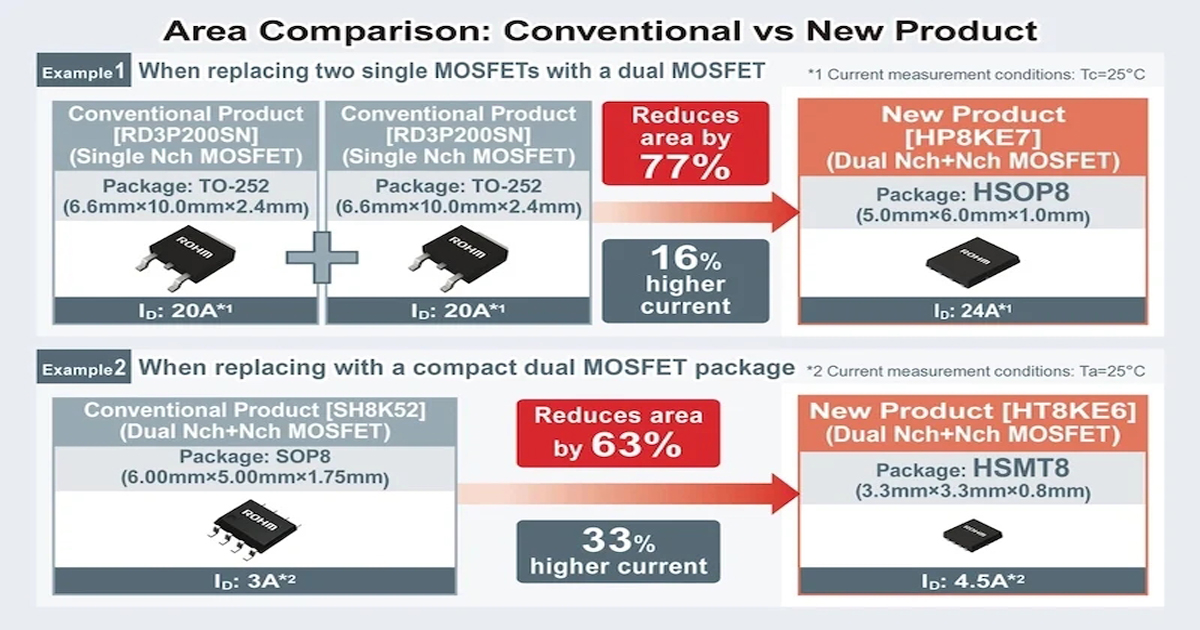Raspberry Pi 5 Shows Off New In-House Silicon for Fastest Speeds Yet
Integrating custom-made silicon, the newest Raspberry Pi offers improved performance in a familiar form factor.
Continuing its legacy in the pocket-sized computer space, Raspberry Pi has released its next-generation single-board computer (SBC), the Raspberry Pi 5. While the SBC is a fan favorite of makers and hobbyists, its versatility and broad range of use cases make it a popular choice for engineers in the industry as well.

The Raspberry Pi 5 reports much faster processing speeds than its predecessor, opening the doors for new applications and more adoption in the engineering community.
In addition to improvements in processing speed, power handling, and interfaces, the Raspberry Pi 5 also includes new hardware and software for more complex applications. This article discusses how the Pi series has evolved since its inception and delves into the new features of the Pi 5. We will also talk about how the Pi 5's performance can benefit professional electrical engineers and help tackle industrial-grade engineering problems.
Pocket-Sized Processing Power
Since its inception, the Raspberry Pi has targeted those looking for a low-cost computing solution.
The Raspberry Pi 1, for example, helped users solve low-intensity programming problems in a familiar environment. As time went on, however, the general demand for more powerful computing drove the makers of the Raspberry Pi series to improve the SBC's processing performance. Eben Upton, CEO of Raspberry Pi Ltd. and co-founder of Raspberry Pi, reported that the Pi series now offers comparable performance to the last generation of laptop computers at a price point of $60.

Compared to previous generations of Raspberry Pi, the Pi 5 can considerably reduce inference time and improve the performance of deep-learning networks.
While comparing the Pi 5 to full-size laptop computers may be unfair, compared to previous generations of the SBC, the new Raspberry Pi 5 offers over double the processing performance in a variety of benchmarks, affording designers more headroom for industrial applications.
Some key features of Raspberry Pi 5 include:
- Quad-core 64-bit Arm Cortex-A76 CPU running at 2.4 GHz
- VideoCore VII GPU, supporting OpenGL ES 3.1, Vulkan 1.2
- Dual 4Kp60 HDMI display output and a 4Kp60 HEVC decoder
- Support for dual-band 802.11ac Wi-Fi, Bluetooth 5.0, and Bluetooth Low Energy (BLE)
Industrial Performance
Much of the Pi 5’s speed increase can be attributed to the new silicon onboard the SBC. The Broadcom BCM2712 application processor has moved from 28 nm to a 16 nm process, yielding a faster and more efficient central processor. A compatible Broadcom GPU can also support simultaneous 4Kp60 displays.
The Raspberry Pi 5 also offers a custom-made I/O controller for more powerful interfaces at a lower cost point. In addition, the Renesas DA9091 PMIC enables more efficient and robust power delivery to the board.

The RP1 I/O controller affords more speed to the Raspberry Pi 5 compared to previous generations.
The influx of new features in the Pi 5 makes it suitable not just for hobbyists but for industrial-grade projects requiring high computing performance in a small form factor. Applications requiring cryptography can benefit from the improved benchmark performance of the Pi 5 as well. Raspberry Pi also claims the new iteration can cut down on average inference time for deep-learning applications.
From Makers to Engineers
Although the upgraded performance will almost certainly allow the Pi 5 to be used in more applications, previous generations of Raspberry Pi and associated compute modules have already seen considerable use in applications ranging from industrial automation, manufacturing, or controls and data logging. As such, the Raspberry Pi 5 is expected to not only be popular with the maker community but the broader engineering market as well.

Raspberry Pi products are already commonly found in industrial settings, making the improvements in the Pi 5 useful for engineers as well as hobbyists.
Only time will tell whether the Raspberry Pi 5 will find use in industrial applications. Given the past use of the Raspberry Pi 4 and the preliminary benchmark data on the Pi 5, however, it’s certainly possible that the Raspberry Pi 5 can be a designer’s go-to tool for embedded computing.



.jpg)